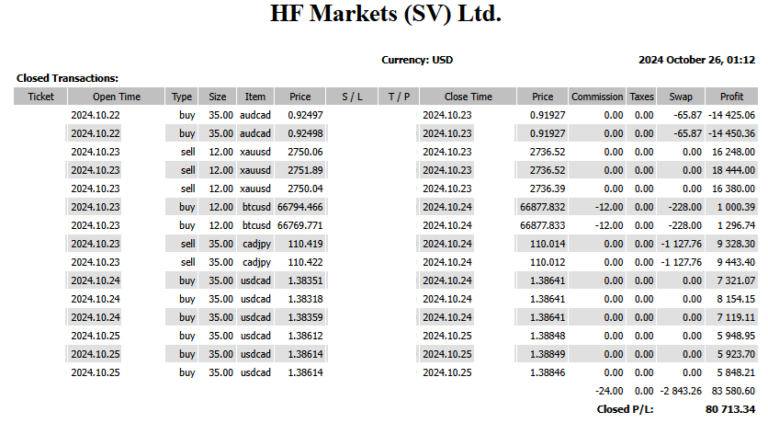Yesterday, the market saw a prevailing selling sentiment for the US dollar, triggered by unexpectedly weak results in the US ISM Non-Manufacturing Purchasing Managers’ Index. Additionally, the Reserve Bank of Australia (RBA) surprised the market by implementing an interest rate hike during today’s RBA policy meeting, leading to a sharp appreciation of the Australian dollar and further extending the selling pressure on the US dollar. The US dollar index has once again fallen below the 10-day moving average. The current situation suggests a corrective phase in the US dollar’s upward trend since May, but there are no clear signals indicating a complete shift towards US dollar weakness. It remains within the scope of a correction for now.
As for upcoming economic indicators in the international markets, we have Eurozone Retail Sales (April), South Africa’s Real GDP (Q1 2023), Canada’s Building Permits (April), and Canada’s Ivey Purchasing Managers’ Index (May), among others. It would be worth checking how the euro exchange rate reacts to the results of Eurozone Retail Sales. However, there doesn’t seem to be any highly anticipated economic indicators that would significantly impact the overall US dollar market sentiment.
In terms of speaking events, there are scheduled speeches and event participation from central bank governors such as Knot from the Netherlands, Vujčić from Croatia, and Centeno from Portugal. Additionally, the ECB Consumer Expectations Survey will be released, providing relevant material related to the ECB.
Since there are no major US economic statistics scheduled for today, the market is expected to start the day following the trend of US dollar weakness from the previous day. However, it remains to be seen how long the impact of individual indicators will persist. It is likely that the market will gradually transition to a more balanced trading environment with adjustments along the way.
As there are no significant economic indicators today that could provide a directional bias for the USD, it is expected that there won’t be much movement. The plan is to continue with a focus on buying the AUD.


